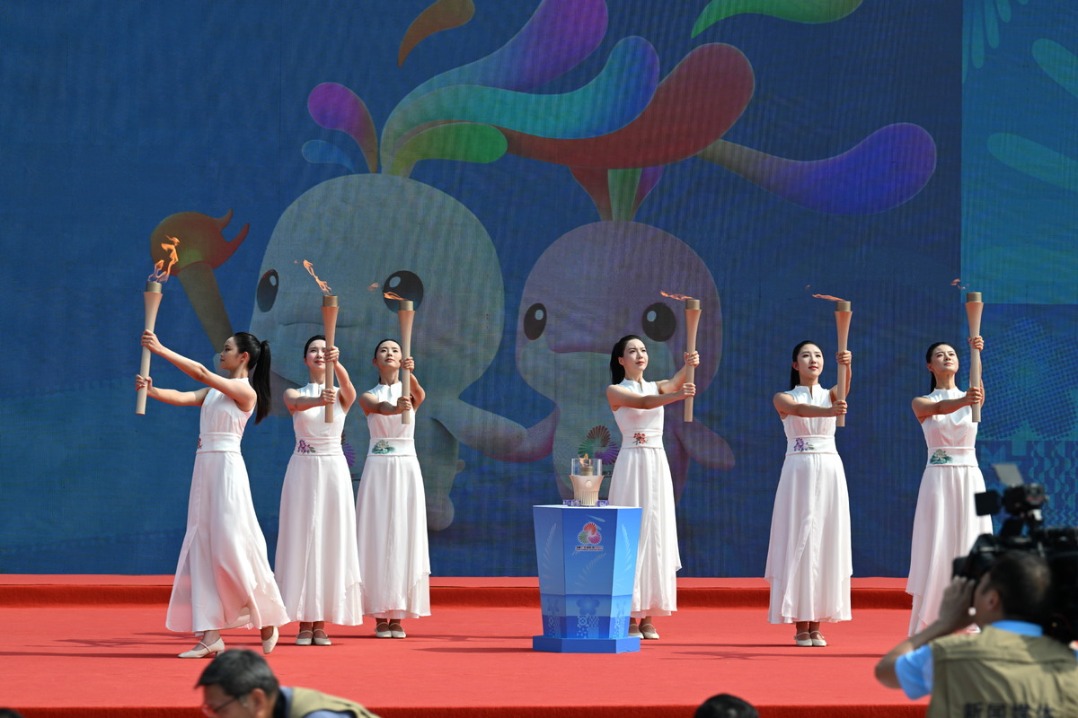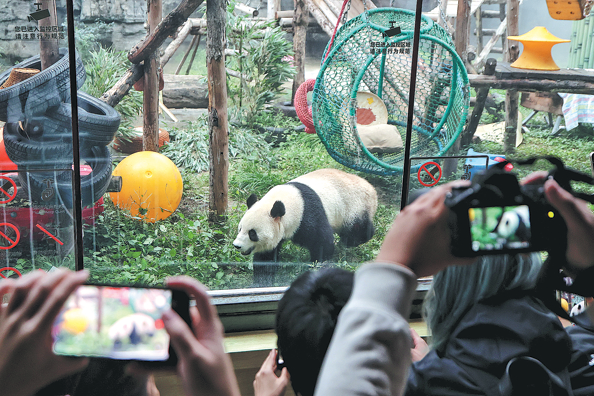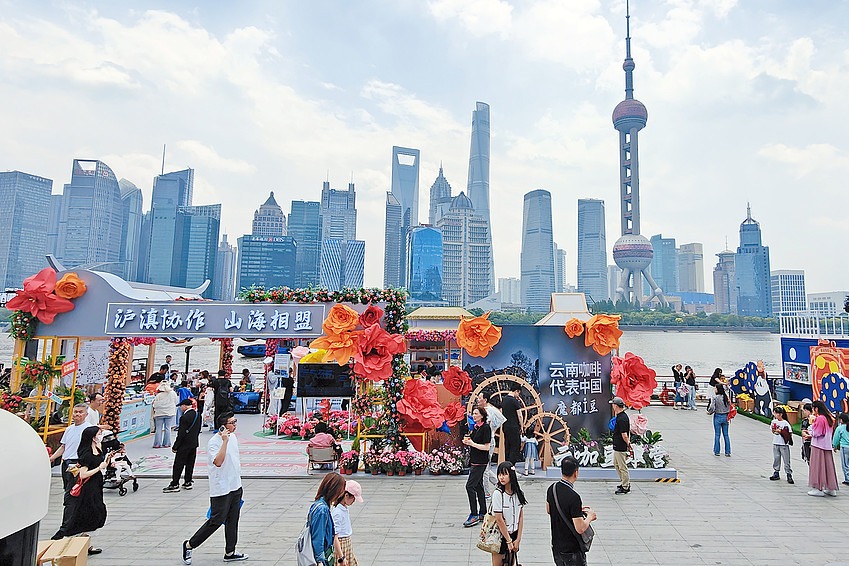A HISTORIC PUBLICATION
Epic work celebrates a century of achievement in Chinese archaeology, Wang Kaihao reports.

To mark the centennial of the birth of modern Chinese archaeology, a multi-volume work has been published, honoring generations of researchers who have devoted themselves to unearthing and decoding the country's history.
One Hundred Years' History of Chinese Archaeology (1921-2021), which comprises four volumes and took 276 scholars three years to compile, was finally released by China Social Sciences Press in Beijing on Wednesday.
According to Wang Wei, president of the Archaeological Society of China and chief editor of the book, it is, to date, the largest and most comprehensive encyclopedia on Chinese archaeology of the past century. The unprecedented project contains about 9.17 million characters of text.
"Chinese archaeology has entered a golden age," Wang says. "At this crucial moment, it's necessary to review the progress of the last 100 years if we want to explore our own path of studies with Chinese characteristics in the future."
In 1921, the excavation of Yangshao village site in present-day Sanmenxia, Henan province, marked the start of systematic studies on the Neolithic period of China. The extraordinary discovery of a more than 5,000-year-old culture was also widely credited by scholars as the birth of Chinese archaeology.
In October, in a congratulatory letter to a conference in Sanmenxia, celebrating the monumental anniversary, President Xi Jinping also called for utilizing Chinese features, styles, ethos in related work, while hailing the great achievements of archaeologists in the past century.
The newly published work is divided into about 50 thematic sections, mainly in chronological order. They range from major prehistoric sites across the country to more "recent" discoveries and treasures from the Ming (1368-1644) and Qing (1644-1911) dynasties.
Different types of sites, like graveyards, city ruins, grotto temples, alongside relics made from jade and ceramic, are elaborated upon. Key findings from along the ancient Silk Road, the Great Wall, oracle bone inscriptions (the earliest known Chinese written characters) and other important Chinese cultural icons are also separately reviewed.
"But the book is not just a collection of brief introductions on the outstanding discoveries of the past 100 years," Wang explains. "More importantly, it's a review of crucial academic viewpoints and how the understanding of scholars has developed."
Wang adds that the book also follows how new methodologies and theories in archaeology surfaced in China, as well as their lasting influences.
"They're analyzed from the perspective of global academia and, as such, can provide references for upcoming studies," he says.
Zhao Jianying, head of China Social Sciences Press, considers the publishing of One Hundred Years' History of Chinese Archaeology (1921-2021) as significant and demonstrates cultural confidence.
"The time that witnessed the birth of archaeology in China was also a period when our country faced a moment of crisis," Zhao recalls. "In the early 20th century, confronted with strong Western cultural strength, there might have been a sense of inferiority. However, archaeology changed the mindset of the Chinese people, playing a vital role in building up national confidence.
"In the past century, archaeology has performed its duty of revitalizing a nation," he says.
Zhao also notes that the book is a key to establishing formats of archaeology with Chinese features.
"Modern Chinese archaeology was introduced from the West, and its early-stage practice showed strong overseas influence," he says. "But a century's development has nurtured our own traditions. Chinese archaeology is no longer a copy of its overseas counterpart."
Human civilizations vary from region to region, and Chinese civilization has its own characteristics, he adds. "So we cannot copy and paste Western theories that explore the origin of civilizations. Such a book will help us to form our academic framework and thus get the voices of our scholars heard more effectively on an international stage."
Huo Wei, a professor at Sichuan University in Chengdu, is one of the authors of the book. He says that the book highlights many academic fields in China, which were once dominated by overseas scholars but are now hot spots in cross-border academic exchange, due to fruitful work by Chinese scholars.
"Our key progress over the past century also expands to some frontier areas of our country, like Northeast China and the Tibet autonomous region," Huo says. "Development of these studies reflect a grand picture of how a shared community of Chinese ethnic groups formed and blossomed.
"In these areas, we can more easily communicate with international scholars," Huo says.
In ancient China, history was a fundamental subject in academic studies, and that tradition also influences the growth of Chinese archaeology.
"On one hand, archaeology helps piece together our prehistoric origins, which was absent from ancient documents," says Chen Xingcai, director of the Institute of Archaeology at the Chinese Academy of Social Sciences. "On the other hand, it also greatly enriches our knowledge of those historical recordings."
Nevertheless, in modern times, archaeology concerns many more subjects beyond history.
"Only when barriers between different subjects are broken down and interdisciplinary studies are upheld in archaeology, can its value be better displayed," Chen says.
Consequently, one volume of the book specifically reviews the adoption of new technology and approaches from various natural sciences in archaeology.
This year has witnessed the wide influence of archaeology on the public, following a livestreamed broadcast of the Sanxingdui site in Sichuan province and acclaimed TV shows highlighting the discipline.
Given the trend, Wang, the chief editor, expects the work to feed demand among not only professionals, but also general readers.
"Unveiling our achievements in studying the past, the book could be a bridge that connects researchers to members of the public who are interested in archaeology," he says.
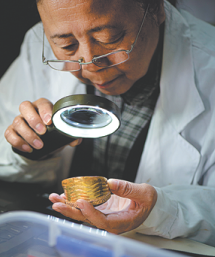
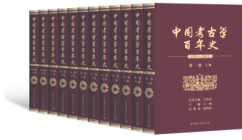
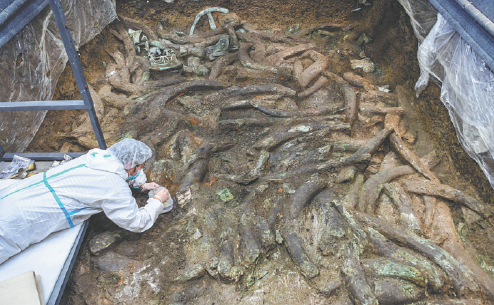
Today's Top News
- China leads by example on Global South climate action
- Xi to attend opening ceremony of the Global Leaders' Meeting on Women, deliver keynote speech
- China records surge in holiday travel during the eight-day break
- Deep understanding leads to trust in China
- China imposes export controls on rare earth technologies
- Qatar confirms Hamas-Israel truce

















